11 bizarre things spotted on Mars
NASA's Mars Reconnaissance Orbiter (MRO) began its visit to the red planet 10 years ago this week.
In the time since, the MRO has completed about 45,000 trips around Mars, taking more than 200,000 images of it and other objects in the vicinity, according to NASA.
The intrepid craft, which is still in great shape seven years after its working life was expected to end, has redefined the way we understand Mars, reports Mashable.
The MRO watched as the seasons changed, detected possible liquid water and saw how dust moves across the Martian landscape.
Here are 11 of the most amazing things the MRO has seen in its decade of service.
1. Water may (sometimes) flow
The MRO has provided the most convincing evidence yet that small amounts of extremely salty liquid water may still flow on the surface of Mars.

The orbiter found that some ice may melt as the red planet warms during particular seasons, allowing the liquid to run down hills, creating streaks on the Martian surface.
2. Other spacecraft on the planet
The MRO has also kept an eye on other spacecraft that are exploring Mars from the surface.
The orbiter has snapped photos of the Spirit, Opportunity and Curiosity rovers from its post above the planet. The MRO even caught sight of Curiosity as it descended to its landing spot via parachute.
3. Potential landing sites for new missions
The MRO has also scouted out new landing sites for other missions to Mars. Most recently, scientists have used the spacecraft's data to map out possible landing targets for a human mission to Mars.
4. Fresh craters
The MRO has also treated scientists to views of relatively fresh craters on Mars.
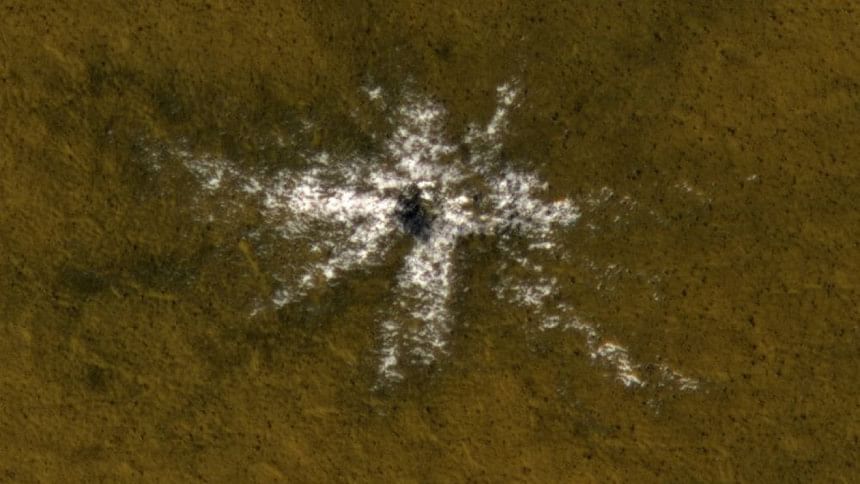
One crater — which appeared in photos in 2010 — was not in images taken in 2008, meaning that whatever impact created the crater happened in between those years.
5. A possible supervolcano
Thanks to data beamed back to Earth from the MRO, scientists now think that there might be a super-volcano lurking beneath the surface of a very old crater on Mars' surface.
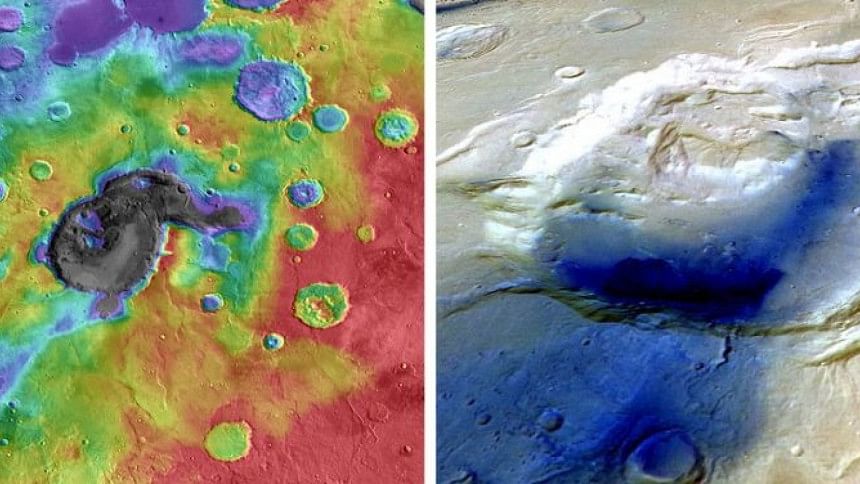
"On Mars, young volcanoes have a very distinctive appearance that allows us to identify them," scientist Joseph Michalski, said in a statement in 2013.
"The longstanding question has been what ancient volcanoes on Mars look like. Perhaps they look like this one," he said.
6. A dust devil spotted
The MRO also captured an incredible image of a 12-mile-high dust devil swirling on the red planet in 2012.
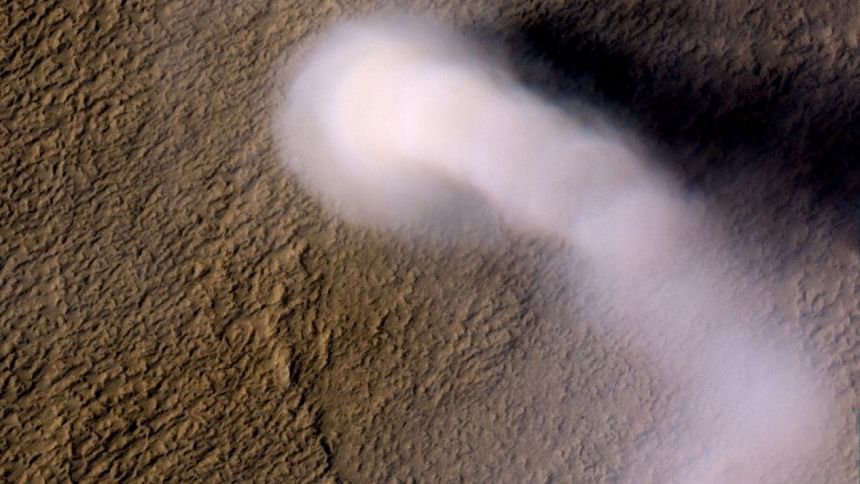
While the Martian atmosphere is thinner than Earth's, wind can still whip up dust storms and dust devils on the planet, according to NASA.
7. Martian sand dunes
The MRO has also snapped photos of fields of sand dunes on Mars, which change shape according to which way the wind blows from season to season.
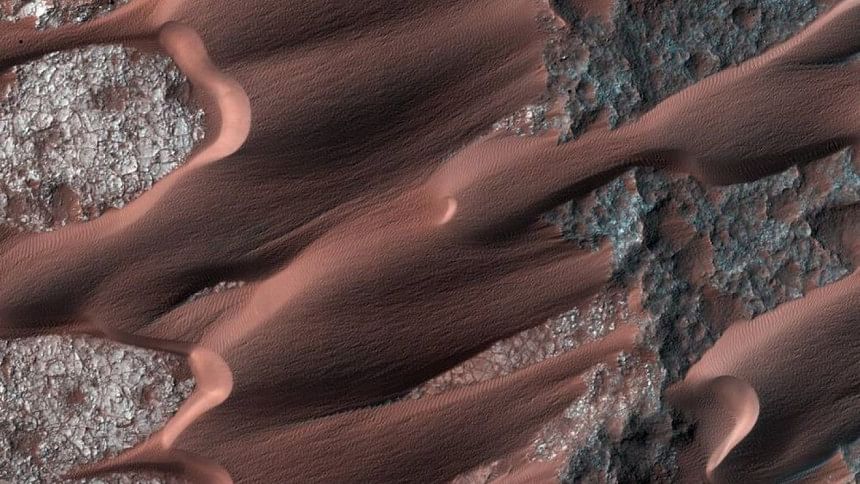
At the moment, the Curiosity rover is exploring some of these martian sand dunes for the first time, investigating the sand of the red planet from close range.
8. An avalanche
One particularly incredible photo taken in August 2015 shows an avalanche of frost falling off a scarp. The orbiter managed to catch the avalanche at the exact moment the frost was falling.
9. Phobos and Deimos
The MRO doesn't only have eyes for Mars.
The spacecraft has also taken some stunning photos of the red planet's moons, Phobos and Deimos, giving people on Earth a sense of the strange colour of the oddly shaped moons.
10. A tumbling boulder
After 10 years in orbit, the MRO has definitely seen some weird stuff on the world's surface.
One of those strange sights was the path left by an oddly shaped boulder rolling down a slope. The MRO caught some images of the tumbling rock in 2014, even spotting the area where it landed upright.
11. Frozen carbon dioxide

The MRO's imager also spotted gullies of frost on Martian plains, which look somewhat like the patterns deltas carve on the surface of Earth.
Scientists will continue collecting new data with the MRO until its instruments stop functioning. The spacecraft is one of a fleet of orbiters — like NASA's MAVEN and India's MOM mission — that are keeping an eye on various aspects of the red planet's atmosphere and surface.

 For all latest news, follow The Daily Star's Google News channel.
For all latest news, follow The Daily Star's Google News channel. 




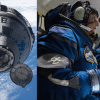
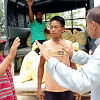


Comments